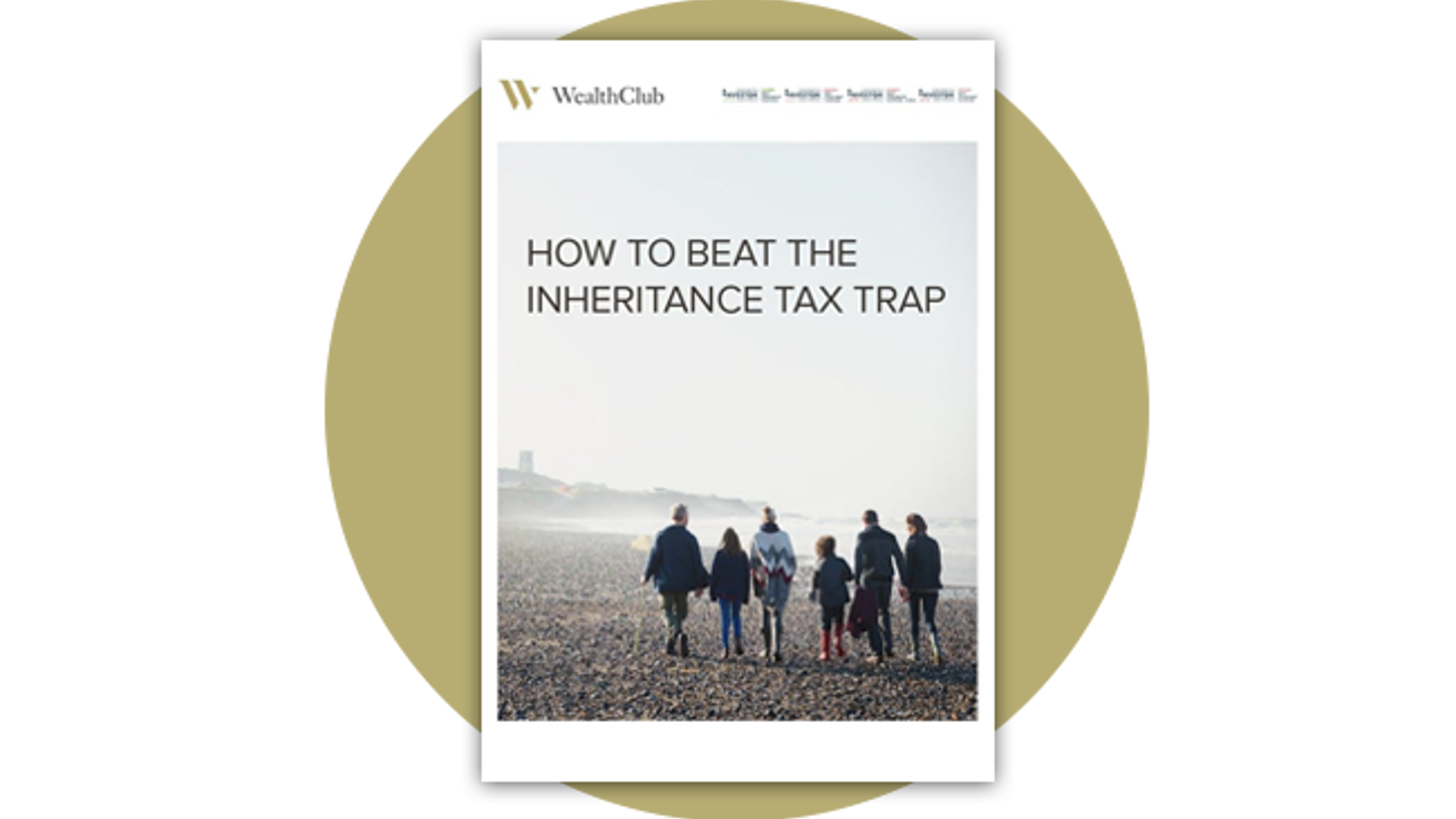Don't invest unless you’re prepared to lose all the money you invest. This is a high-risk investment and you are unlikely to be protected if something goes wrong. Take 2 mins to learn more.
Estimated reading time: 2 min
Due to the potential for losses, the Financial Conduct Authority (FCA) considers this investment to be high risk.
What are the key risks?
- You could lose all the money you invest
- If the business you invest in fails, you are likely to lose 100% of the money you invested. Most start-up businesses fail.
- You are unlikely to be protected if something goes wrong
- Protection from the Financial Services Compensation Scheme (FSCS), in relation to claims against failed regulated firms, does not cover poor investment performance. Try the FSCS investment protection checker here.
- Protection from the Financial Ombudsman Service (FOS) does not cover poor investment performance. If you have a complaint against an FCA-regulated firm, FOS may be able to consider it. Learn more about FOS protection here.
- You won’t get your money back quickly
- Even if the business you invest in is successful, it may take several years to get your money back. You are unlikely to be able to sell your investment early.
- The most likely way to get your money back is if the business is bought by another business or lists its shares on an exchange such as the London Stock Exchange. These events are not common.
- If you are investing in a start-up business, you should not expect to get your money back through dividends. Start-up businesses rarely pay these.
- Don’t put all your eggs in one basket
- Putting all your money into a single business or type of investment for example, is risky. Spreading your money across different investments makes you less dependent on any one to do well.
- A good rule of thumb is not to invest more than 10% of your money in high-risk investments.
- The value of your investment can be reduced
- The percentage of the business that you own will decrease if the business issues more shares. This could mean that the value of your investment reduces, depending on how much the business grows. Most start-up businesses issue multiple rounds of shares.
- These new shares could have additional rights that your shares don’t have, such as the right to receive a fixed dividend, which could further reduce your chances of getting a return on your investment.
If you are interested in learning more about how to protect yourself, visit the FCA’s website here.
672,000 people withdrew a record £5 billion out of their pensions in the first three months of 2025 – 24% more than over the same period in 2024, according to HMRC.
Many believe this is linked to the forthcoming changes to the taxation of pensions: from April 2027, unspent pensions will form part of one’s estate on death and potentially attract inheritance tax (IHT).
As a result, thousands more are expected to be dragged into the inheritance tax net – the Treasury anticipates raising an extra £1.5 billion a year from this by 2028/29. And the taxation wouldn’t end there. For pension beneficiaries of those over 75, IHT could come on top of income tax liability for withdrawals – combined, potentially an effective tax rate of up to 67% (see below).
With pensions coming under siege by the Treasury from April 2027, how could experienced investors mitigate the impact of IHT?
Some might opt to take money out of their pension and spend it, give it away (IHT free after seven years), or put it in trust (also IHT free after seven years). These options might help avoid a tax liability but also mean you would lose control of your money and be unable to use it should you need it.
Are there any alternatives?
This article discusses one option for experienced investors happy with the risks. IHT portfolios offer the potential for up to 100% IHT relief after two years (compared to seven years with other avenues of estate planning), alongside some growth above inflation and low volatility – not guaranteed. Importantly, should you need, you could take money out, though any withdrawals would no longer qualify for IHT relief.
If access is not a priority and you are comfortable with additional risks, the Enterprise Investment Scheme (EIS) and the Seed Enterprise Inbvestment Scheme (SEIS) also offer the potential for IHT relief plus income tax relief and capital gains tax breaks – when you invest in ambitious early-stage, and hence high-risk, companies.
Important: The information on this website is for experienced investors. It is not a personal recommendation to invest. If unsure, please seek advice. This is a quick summary of a complex subject. BPR-qualifying investments are high-risk and illiquid, so they are only for experienced investors. You should not invest capital you cannot afford to lose. Tax rules can change and benefits depend on circumstances. Decisions should be based on the investment merit, not the tax reliefs alone.
Pension rule changes from 6 April 2027 at a glance
Under current rules, pensions can be passed on very tax efficiently.
Broadly speaking, if you die before age 75, your remaining pension pot can usually be passed on completely tax-free. If you die after age 75, your beneficiaries may be subject to income tax on any income they take, but there is no IHT to pay.
The new rules, effective from 6 April 2027, will bring most unused pension funds and death benefits within the value of your estate for IHT purposes.
In addition, if you die after your 75th birthday, your beneficiaries' withdrawals from the pension could be subject to income tax at their marginal rate. When you take both income and inheritance tax into account, your loved ones could find themselves paying an effective tax rate of 67%.
Potential for up to 67% tax on pensions
Imagine you inherited a pension worth £100,000 from someone who died after age 75 and whose other assets have already used up the nil-rate band.
From April 2027, the pension could be subject to 40% IHT (£40,000), leaving £60,000.
Any withdrawals from the remaining £60,000 would generally be taxed at your marginal rate. As the table below illustrates, this could create an effective tax rate of 52% for basic-rate taxpayers, 64% for higher-rate taxpayers, and 67% for top-rate taxpayers.
Note: this is a quick summary of complex rules. If unsure, please seek professional advice.
| Basic-rate taxpayer | Higher-rate taxpayer | Top-rate taxpayer | |
|---|---|---|---|
| Value of pension before taxes | £100,000 | £100,000 | £100,000 |
| IHT @ 40% | (£40,000) | (£40,000) | (£40,000) |
| Value of pension after IHT | £60,000 | £60,000 | £60,000 |
| Income tax | (£12,000) | (£24,000) | (£27,000) |
| Value of pension after IHT and income tax | £48,000 | £36,000 | £33,000 |
| Effective overall tax rate | 52% | 64% | 67% |
For illustrative purposes only. The examples assume the rates of income tax that apply in England and Wales (Scottish rates are different). They also assume all available tax-free allowances have already been used up.
How might you pass on more of your wealth?
For those prepared to take greater investment risk, one way to shelter your wealth from IHT is to invest in unquoted IHT portfolios.
These invest in private companies that should be able to qualify for Business Property Relief (BPR) – and thereby IHT relief.
Please note, these investments are high risk and illiquid: you should ensure you fully understand the risks and not invest money you cannot afford to lose.
What is BPR?
In brief, BPR is a long-established tax relief originally set up for family businesses, but which could now also benefit investors in qualifying trading businesses.
Your investment should benefit from IHT relief after two years – provided the business remains BPR-qualifying and you still hold the shares (or a BPR-qualifying replacement) on death. Tax rules can change and benefits depend on circumstances.
Up to £1 million of BPR-qualifying assets (including private companies and agricultural property) can be passed on IHT free. The excess will still benefit from 50% IHT relief, meaning IHT will be applied at 20% rather than 40%.
How does the investment work?
IHT portfolios let you retain control of your wealth whilst shielding it from inheritance tax.
Technically, you invest in one or more companies – usually run by a specialist investment manager – that in turn own and operate several companies or projects.
The managers typically aim to give investors exposure to assets they believe can deliver some growth above inflation, with low volatility – not guaranteed.
After two years, the investment should qualify for IHT relief (compared to seven years with other avenues of estate planning).
If you need access to your money, you should be able to request a withdrawal, which will be processed subject to liquidity. Bear in mind, any money you withdraw will no longer benefit from IHT relief and any capital gain might create a tax liability.
EIS and SEIS could also help mitigate IHT
EIS and SEIS investments should also qualify for IHT relief after two years, if you still hold them on death and they remain qualifying.
This is part of the generous tax package EIS and SEIS offer to temper the higher risks of investing in small young businesses – including up to 50% income tax and capital gains tax reliefs (SEIS) and up to 30% income tax relief and CGT deferral (EIS).
EIS and SEIS should not be used exclusively as an IHT planning tool - they are high-risk investments designed to target capital growth over preservation (not guaranteed). There also must be an exit for you to realise a return, meaning you cannot make a withdrawal if you require access to your investment.
What to consider next?
If you are concerned about IHT, download our free guide: it explains how IHT works and what options experienced investors might consider to mitigate its impact.
Wealth Club aims to make it easier for experienced investors to find information on – and apply for – investments. You should base your investment decision on the offer documents and ensure you have read and fully understand them before investing. The information on this webpage is a marketing communication. It is not advice or a personal or research recommendation to buy any of the investments mentioned, nor does it include any opinion as to the present or future value or price of these investments. It does not satisfy legal requirements promoting investment research independence and is thus not subject to prohibitions on dealing ahead of its dissemination.



